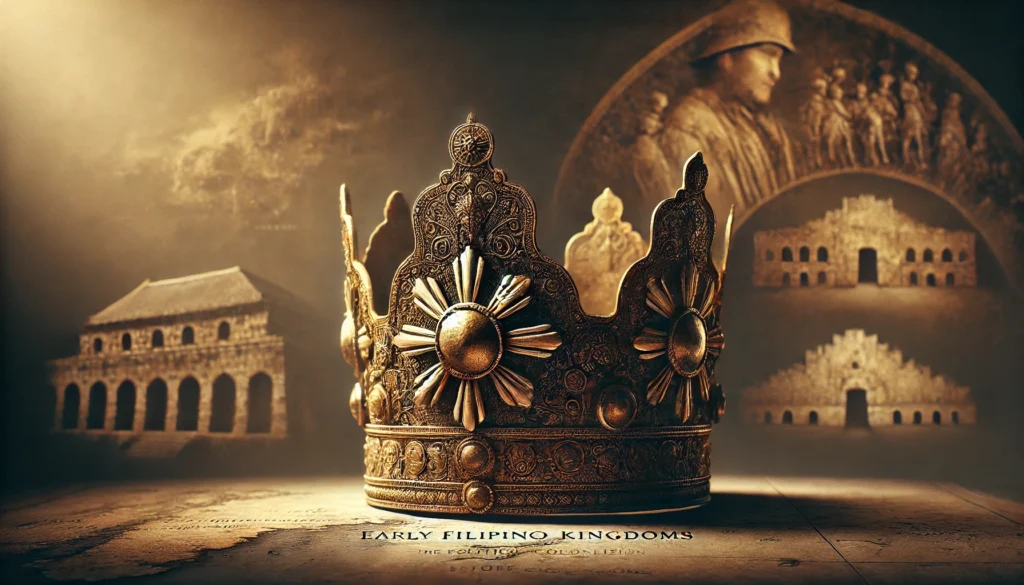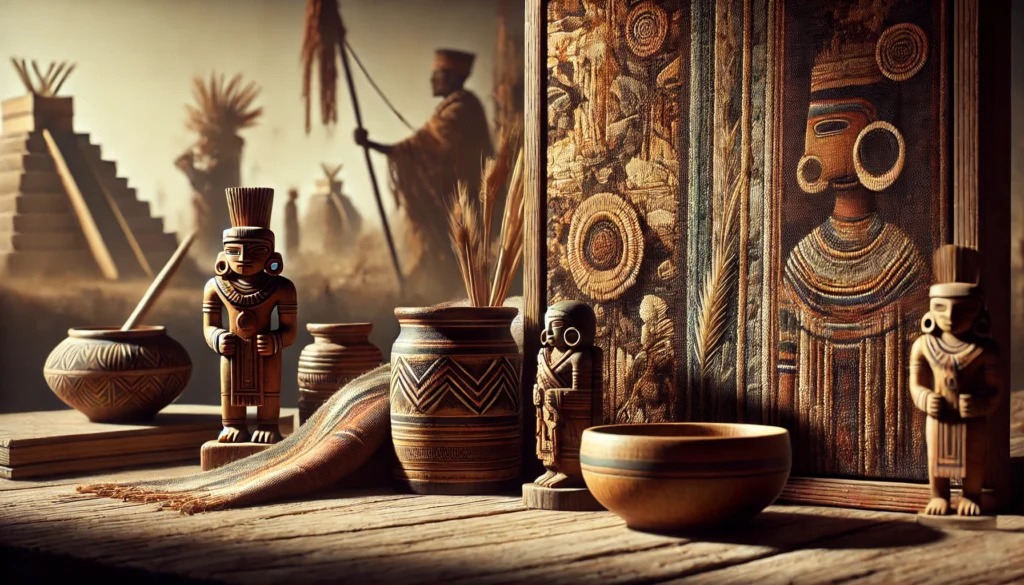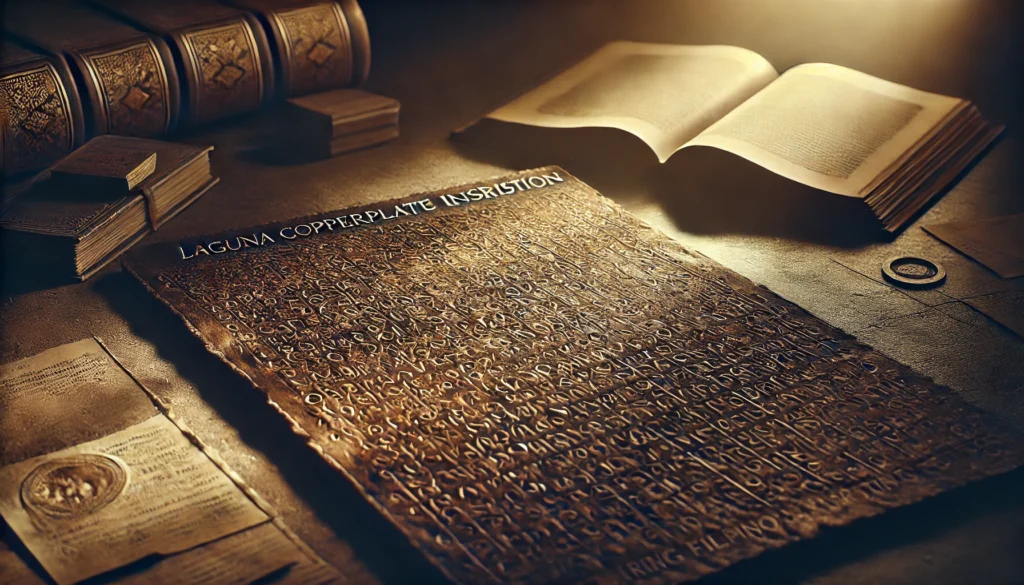The Philippines, an archipelagic nation comprising over 7,000 islands, boasts a rich tapestry of history that predates colonial influence. Long before the arrival of Spanish conquistadors in the 16th century, the islands were home to diverse societies with complex political structures, vibrant cultures, and sophisticated economic systems. These early Filipino kingdoms, often referred to as barangays or polities, laid the foundation for what would eventually become the modern Philippines.
The origins of these early kingdoms can be traced back to the Austronesian migrations that began around 4000 BCE. These seafaring peoples brought with them advanced agricultural techniques, metallurgy, and a hierarchical social structure that would shape the political landscape of the archipelago for millennia to come. As these communities grew and prospered, they developed into distinct kingdoms, each with its own unique characteristics and systems of governance.
The Barangay System: Cornerstone of Early Filipino Society
Structure and Governance of Barangays
At the heart of early Filipino political organization was the barangay system. A barangay, derived from the Malay word “balangay” meaning “sailboat,” was the basic unit of society and governance. Typically consisting of 30 to 100 families, barangays were led by a datu or rajah, who served as both political leader and judge.
The structure of a barangay was hierarchical, with distinct social classes:
- Datu (Chief)
- Maharlika (Nobility)
- Timawa (Freemen)
- Alipin (Dependents/Serfs)
This social stratification played a crucial role in maintaining order and facilitating governance within the community. The datu’s authority was often hereditary, passed down through familial lines, but could also be earned through displays of wisdom, bravery, or wealth.
Inter-Barangay Relations and Alliances
While barangays were largely autonomous, they often formed alliances with neighboring communities for mutual protection, trade, and resource sharing. These alliances could be temporary or long-lasting, sometimes evolving into larger polities or confederations. The ability to forge and maintain these relationships was a key aspect of a datu’s leadership and contributed to the growth and prosperity of their barangay.
Notable Pre-Colonial Filipino Kingdoms
The Kingdom of Maynila
Situated in what is now Metro Manila, the Kingdom of Maynila was one of the most prominent polities in Luzon during the pre-colonial era. Ruled by the Bolkiah dynasty, Maynila was a thriving port city that engaged in extensive trade with China, Borneo, and other Southeast Asian kingdoms.
Key facts about the Kingdom of Maynila:
- Established: circa 1500 CE
- Capital: Kota Seludong (present-day Manila)
- Notable rulers: Rajah Sulayman, Rajah Matanda
- Main economic activities: Trade, agriculture, fishing
The kingdom’s strategic location at the mouth of the Pasig River made it a crucial hub for commerce and diplomacy in the region. Its rulers were known for their diplomatic skills, often balancing relationships with various foreign powers to maintain their independence and prosperity.
The Rajahnate of Cebu
In the Visayas, the Rajahnate of Cebu emerged as a dominant maritime power. Founded by Sri Lumay, a prince from Sumatra, Cebu became a significant entrepôt and played a pivotal role in the region’s trade networks.
Notable aspects of the Rajahnate of Cebu:
- Established: 13th century CE
- Capital: Singhapala (present-day Cebu City)
- Notable ruler: Rajah Humabon
- Key exports: Gold, slaves, pearls, and exotic animal products
Cebu’s rulers were adept at leveraging their strategic position to control trade routes and accumulate wealth. The rajahnate’s influence extended beyond its immediate vicinity, with tributary relationships established with neighboring islands.
The Sultanate of Sulu
In the southern Philippines, the Sultanate of Sulu rose to prominence as a major Islamic power. Founded in 1405 by Arab explorer Sharif ul-Hashim, Sulu became a center of Islamic culture and a formidable maritime force in Southeast Asia.
Key features of the Sultanate of Sulu:
- Established: 1405 CE
- Capital: Jolo
- Notable rulers: Sultan Sharif ul-Hashim, Sultan Jamalul Kiram II
- Main economic activities: Trade, pearl diving, shipbuilding
The Sultanate’s influence extended from parts of Mindanao and the Sulu Archipelago to portions of Borneo. Its sophisticated naval capabilities and extensive trade networks made it a significant player in regional politics and commerce.
Economic Systems and Trade Networks
Agricultural Foundations
The backbone of early Filipino economies was agriculture. Rice cultivation was widespread, particularly in the lowlands of Luzon and the Visayas. Other important crops included taro, yams, and various fruits. The development of sophisticated irrigation systems, such as the rice terraces of the Cordilleras, demonstrates the advanced agricultural knowledge of these early societies.
Maritime Trade and Commerce
The archipelagic nature of the Philippines made maritime trade a crucial aspect of early Filipino economies. Coastal kingdoms engaged in extensive trade networks that connected them to other Southeast Asian polities, China, and even India. Key trade goods included:
- Gold and other precious metals
- Pearls and mother-of-pearl
- Exotic animal products (e.g., turtle shells, bird feathers)
- Spices and aromatics
- Textiles (e.g., abaca cloth)
This robust trade not only brought material wealth but also facilitated cultural exchange and technological advancements.
Cultural and Religious Landscape
Animism and Indigenous Beliefs
Before the arrival of Islam and Christianity, the majority of early Filipinos practiced animistic beliefs. This worldview was characterized by a belief in spirits (anito) that inhabited natural objects and phenomena. Rituals and offerings were an integral part of daily life, meant to appease these spirits and ensure good fortune.
The Influence of Hinduism and Buddhism
Hindu and Buddhist influences, likely introduced through trade contacts, were evident in some early Filipino kingdoms. This is particularly noticeable in the use of Sanskrit-derived words in old Filipino languages and certain religious practices. However, these influences were often syncretized with indigenous beliefs rather than replacing them entirely.
The Spread of Islam
Islam began to spread in the southern Philippines in the 14th century, brought by Arab traders and missionaries. The Sultanate of Sulu and the Sultanate of Maguindanao were the primary centers of Islamic culture in the archipelago. Islamic influence brought new systems of governance, laws (Sharia), and cultural practices to the regions it touched.
Technological and Artistic Achievements
Metallurgy and Craftsmanship
Early Filipinos were skilled metalworkers, particularly in gold and bronze. Intricate jewelry, ceremonial objects, and weapons showcased their mastery of these materials. The famous “Surigao Treasure,” a collection of gold artifacts dating back to the 10th-13th centuries, attests to the sophistication of pre-colonial Filipino metallurgy.
Shipbuilding and Navigation
As maritime societies, early Filipinos excelled in shipbuilding and navigation. The balangay, a plank-built boat, was the primary vessel used for trade and warfare. These boats, some capable of carrying up to 100 people, demonstrate the advanced nautical engineering skills of the time.
Textile Production
The production of textiles, particularly abaca cloth, was a significant industry in many early Filipino kingdoms. These textiles were prized both locally and in international markets for their quality and durability.
Warfare and Defense
Fortifications and Weapons
Early Filipino kingdoms developed sophisticated systems of defense to protect their territories. Coastal settlements often had fortifications, while inland communities utilized natural terrain for protection. Common weapons included:
- Kampilan (long sword)
- Kris (wavy-bladed dagger)
- Sibat (spear)
- Sumpit (blowgun)
Naval Warfare
Given the archipelagic nature of the Philippines, naval warfare was a crucial aspect of military strategy. Kingdoms with strong naval capabilities, such as the Sultanate of Sulu, were able to exert influence over wide areas and control key trade routes.
Legacy and Continuity
Enduring Cultural Elements
Many aspects of pre-colonial Filipino culture have endured despite centuries of foreign influence. These include:
- Kinship systems and family structures
- Certain agricultural practices
- Traditional arts and crafts
- Elements of indigenous belief systems
Impact on Modern Filipino Identity
Understanding the complexity and sophistication of early Filipino kingdoms is crucial for appreciating the depth of Filipino cultural identity. These pre-colonial societies laid the foundation for many aspects of modern Filipino culture, from social structures to artistic expressions.
Challenges in Studying Early Filipino Kingdoms
Limited Written Records
One of the primary challenges in studying early Filipino kingdoms is the scarcity of written records. Most information about these societies comes from:
- Archaeological evidence
- Foreign accounts (e.g., Chinese, Arab traders)
- Oral traditions passed down through generations
This lack of indigenous written sources makes it difficult to construct a comprehensive picture of daily life and political dynamics in these early kingdoms.
Interpreting Foreign Accounts
While foreign accounts provide valuable insights, they often come with their own biases and misunderstandings. Scholars must carefully interpret these sources, cross-referencing them with archaeological evidence and indigenous oral traditions to paint a more accurate picture of early Filipino societies.
Conclusion: The Rich Tapestry of Early Filipino Civilization
The study of early Filipino kingdoms reveals a complex and sophisticated political landscape that existed long before European colonization. From the barangay system to the emergence of powerful maritime kingdoms, these societies laid the groundwork for the diverse and resilient culture that characterizes the Philippines today. As research continues and new archaeological discoveries are made, our understanding of this crucial period in Filipino history continues to evolve, offering deeper insights into the roots of Filipino identity and nationhood.
Disclaimer: This article aims to provide an overview of early Filipino kingdoms based on current historical and archaeological knowledge up to 2023. As new research emerges, some details may be subject to revision. Readers are encouraged to report any inaccuracies or new information to ensure the content remains up-to-date and accurate.




